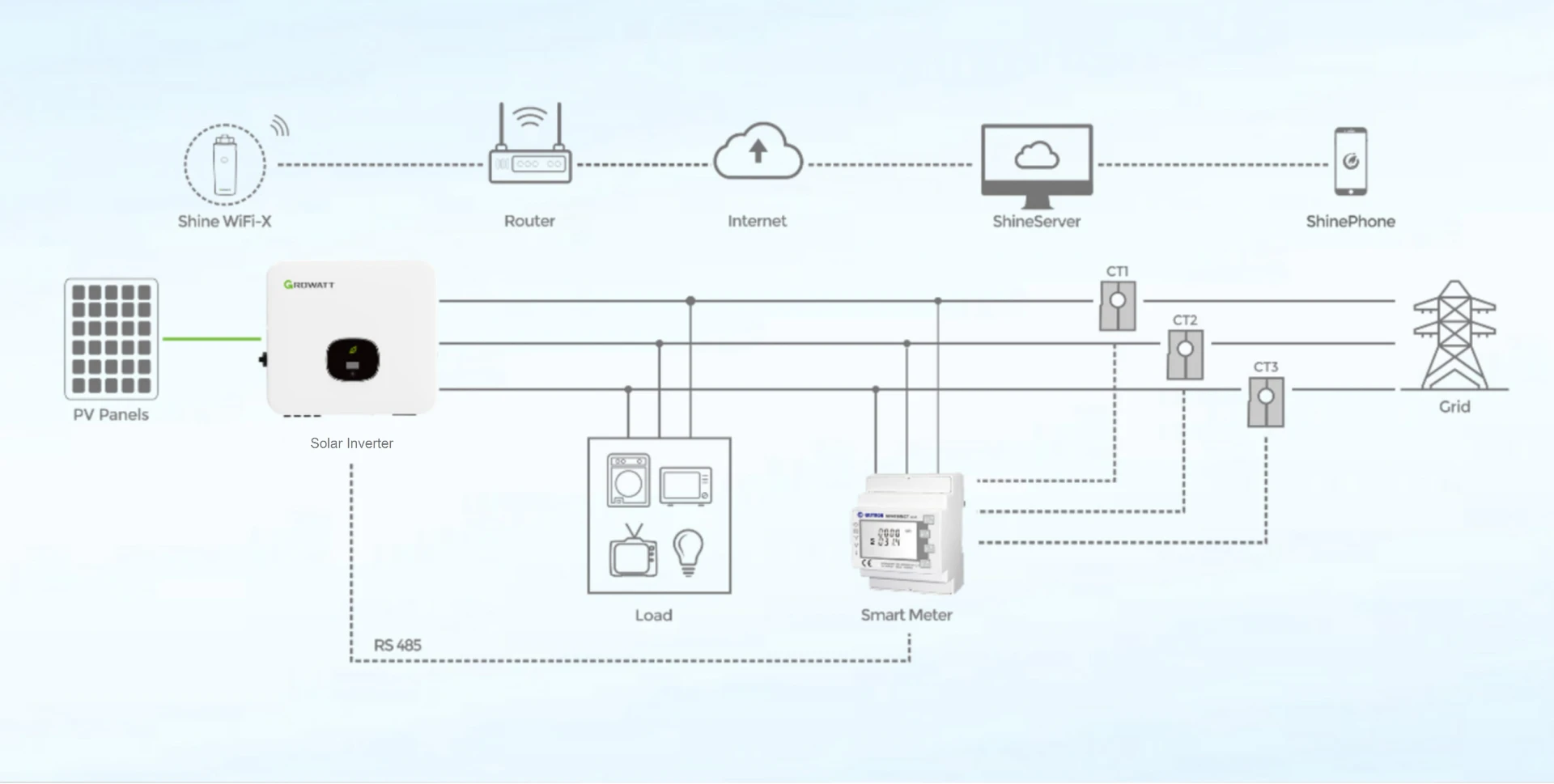Understanding the Benefits and Applications of Bifacial Photovoltaic Panels in Solar Energy Systems
Understanding Bifacial Photovoltaic Panels
As the global demand for renewable energy continues to grow, the solar energy industry is rapidly evolving. One of the most exciting innovations in this field is the development of bifacial photovoltaic (PV) panels. These panels offer a significant advancement over traditional solar technology, enabling enhanced energy production by harnessing sunlight from both sides.
What are Bifacial PV Panels?
Bifacial solar panels feature solar cells on both the front and back sides, unlike conventional panels that only have cells on the front. This design allows bifacial panels to capture sunlight directly and utilize reflected sunlight from nearby surfaces, significantly increasing their energy output. The innovation hinges on the simple principle that light can bounce off various surfaces, such as the ground or nearby buildings, and reach the rear solar cells of the bifacial panel.
How Do They Work?
The dual-sided nature of bifacial panels allows them to generate more electricity throughout the day. In optimal conditions, it’s common for bifacial panels to achieve a 10% to 30% increase in energy production compared to traditional monofacial panels. The actual performance boost depends on multiple factors, including the albedo effect (the reflectivity of the surface below the panel), the angle of installation, and environmental conditions.
For instance, installing bifacial panels over a white or light-colored surface can maximize reflectivity, while those installed above darker surfaces might not benefit as much from reflected light. Additionally, placing them at optimal tilt angles allows the panels to capture more direct sunlight during peak sunlight hours.
Key Benefits of Bifacial Panels
1. Higher Efficiency As mentioned, bifacial panels can produce more electricity due to their ability to utilize sunlight from both sides. This increased efficiency translates to more energy generated over the same area, making them an attractive choice for both commercial and residential installations.
panel fotovoltaico bifacial

2. Durability and Longevity Bifacial panels are typically constructed with robust materials, which can lead to improved durability. Their design often results in lower degradation rates over time, meaning they can maintain efficiency longer than traditional panels.
3. Lower Levelized Cost of Energy (LCOE) Although bifacial panels may have a higher upfront cost compared to traditional panels, their enhanced energy production can lead to a lower levelized cost of energy over their lifetime. This economic advantage can be significant for large-scale solar projects.
4. Versatility Bifacial panels can be used in a variety of applications. They are particularly effective in solar farms where land surfaces can reflect additional sunlight. They can also be used in urban settings, where building materials might inadvertently reflect light.
Challenges and Considerations
Despite their benefits, bifacial panels come with some challenges. The necessity for a supportive infrastructure, such as mounting systems that expose both sides of the panels, can lead to higher installation costs. Moreover, careful planning and analysis are needed to optimize the placement and angle of bifacial panels to maximize their output.
Furthermore, the market for bifacial panels is still developing, and as technology evolves, it is crucial for stakeholders to keep abreast of innovations and performance metrics.
Conclusion
Bifacial photovoltaic panels represent a promising development in the quest for efficient and renewable energy sources. By leveraging the sunlight that reflects off surfaces, these panels set a new standard for solar energy production. As the industry continues to innovate and address the associated challenges, bifacial panels could play a pivotal role in shaping the future of solar energy, contributing significantly to global sustainability efforts and the transition to cleaner energy sources. The potential for increased efficiency, durability, and cost-effectiveness underscores the importance of this technology in meeting our growing energy needs while minimizing environmental impact.
-
Unlocking Energy Freedom with the Off Grid Solar InverterNewsJun.06,2025
-
Unlock More Solar Power with a High-Efficiency Bifacial Solar PanelNewsJun.06,2025
-
Power Your Future with High-Efficiency Monocrystalline Solar PanelsNewsJun.06,2025
-
Next-Gen Solar Power Starts with Micro Solar InvertersNewsJun.06,2025
-
Harnessing Peak Efficiency with the On Grid Solar InverterNewsJun.06,2025
-
Discover Unmatched Efficiency with the Latest String Solar InverterNewsJun.06,2025







